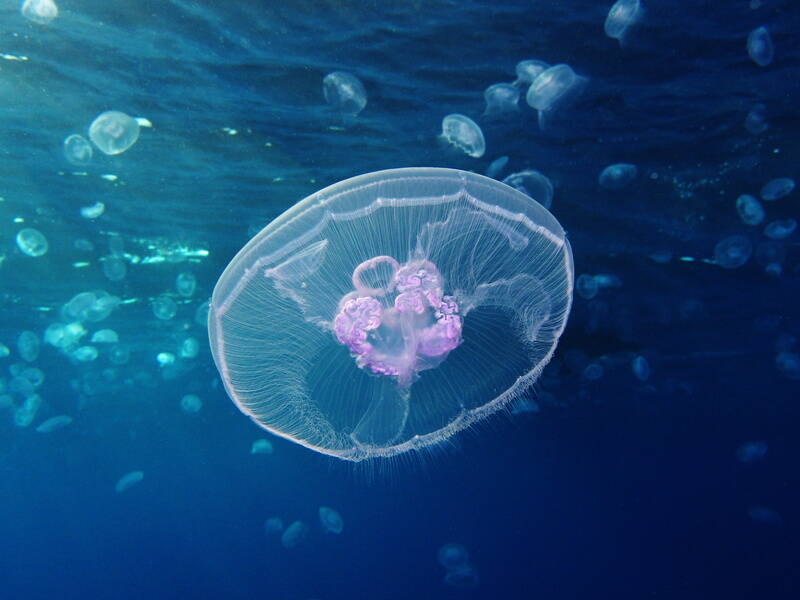Jellyfish, members of the phylum Cnidaria, are gelatinous, free-floating aquarium/52-marine-animals.html">marine animals that have roamed Earth’s oceans for over 500 million years. Despite their simple anatomy—lacking a centralized brain or heart—they are surprisingly efficient predators. Their diet plays a crucial role in their survival, ecological function, and population dynamics. This article explores the various types of food jellyfish consume, how they capture their prey, and how diet varies by species, environment, and life stage.

Jellyfish possess long, trailing tentacles lined with stinging cells (nematocysts) that inject venom to paralyze prey.
Once immobilized, prey is transported via oral arms to the central mouth, leading into the gastrovascular cavity for digestion.
Most jellyfish feed on:
Zooplankton: tiny animal organisms, such as copepods and krill
Phytoplankton: less commonly, some jellyfish ingest microscopic algae indirectly
Fish larvae and eggs: common for larger species
Small crustaceans: like amphipods and mysid shrimp
Jellyfish are strictly carnivorous. Their prey includes:
Small fish
Other jellyfish (in cases of cannibalism)
Worms and soft-bodied invertebrates
Jellyfish often feed based on availability, sometimes consuming detritus or dead organic material.
Jellyfish rely on ocean currents to carry them into contact with prey. Their tentacles act as passive nets.
Some species, like box jellyfish, exhibit more directional swimming and active prey pursuit.
Certain deep-sea jellyfish use glowing appendages to attract prey in the dark ocean depths.
In early life stages, jellyfish are mostly filter feeders, consuming:
Bacteria
Microalgae
Tiny protozoans
Ephyrae begin capturing small zooplankton using their rudimentary tentacles.
Fully developed medusae consume a wide range of animal prey, from microscopic plankton to small fish.
Feed mainly on zooplankton and fish eggs
Use mucus to trap prey on their bell surface
One of the largest jellyfish
Feeds on larger prey including fish and other jellyfish
Highly venomous
Hunt small fish and crustaceans with precision
Aquarists typically feed jellyfish:
Live or frozen brine shrimp
Jellyfish-specific plankton blends
Jellyfish require multiple feedings per day due to their limited nutrient storage capacity.
By consuming vast amounts of zooplankton, jellyfish influence the base of the marine food web.
In overfished ecosystems, jellyfish can outcompete juvenile fish for plankton, altering population dynamics.
Jellyfish contribute to vertical carbon transport when their waste and bodies sink, feeding deep-sea ecosystems.
Though they appear simple, jellyfish are highly specialized and efficient feeders. Their diet reflects both evolutionary adaptations and ecological roles. Understanding what jellyfish eat helps us appreciate their place in marine ecosystems and manage their often explosive population blooms more effectively.
animal tags: Jellyfish
We created this article in conjunction with AI technology, then made sure it was fact-checked and edited by a Animals Top editor.